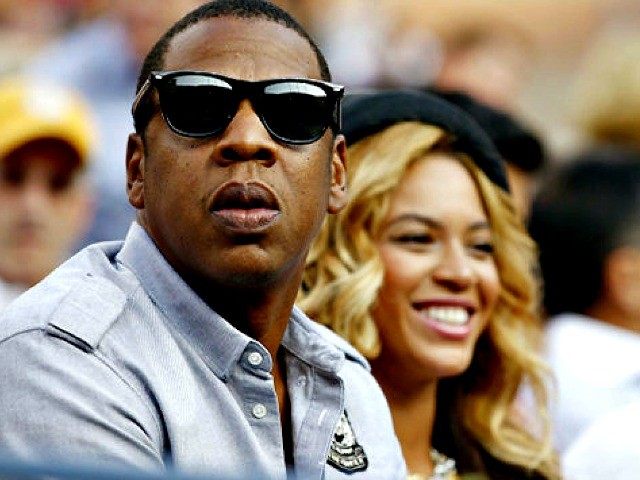Last month, Jay-Z and a handful of some of the biggest names in music teamed up to launch Tidal, a new artist-owned streaming music service that would compete with household names like Pandora and Spotify.
The concept seemed promising; a new service that would pay its artists their fair share while at the same time offering “the best high fidelity sound quality, high definition music videos and expertly curated editorial.”
The service would have no free option; users would have to pay $10 per month for digital-quality audio, or $20 per month for higher-definition CD-quality audio. That seemed fair at the time of Tidal’s launch, and appeared to at least be a decent attempt to get people to pay for music again.
However, just a short four weeks later, Tidal has flopped by any reasonable definition of the term.
According to BGR, the app is no longer in the Top 700 apps downloaded by U.S. iPhone users. It never really got that high to begin with, peaking at a soft #19 just after its release in late March.
In hindsight, it is easy to see why the app’s launch failed so spectacularly. There are two main reasons.
Tidal’s business philosophy, that artists should be compensated fairly for the streaming of their music, was a direct jab at Spotify and Pandora, who have increasingly come under fire for paying fractions of pennies per stream to their artists. Spotify’s payment structure was so heavily criticized that CEO Daniel Ek was forced to defend it after the world’s biggest music star, Taylor Swift, pulled her whole catalog from the service last year.
In response, Tidal tried to position itself to be the service that would be “fair” to its artists; but the company chose massive music superstars like Beyoncé and Alicia Keys to be its spokesmen. It’s fair to say that consumers don’t really “feel for” artists that take home millions from their music every year.
Compounding the new service’s problem was its price; while not necessarily “expensive” (Spotify’s premium service costs $10), Tidal’s $20 per month higher-definition audio plan is useless for most people. That’s because most people literally cannot hear the difference between high-definition audio (1411kbps) and digital-quality audio (320kbps).
Tidal’s pay-to-play service also undermines its ability to retain customers; after a short 7-day trial period, users know their playlists and preferences are going to disappear, and they’ll be locked out of the service. In contrast, Spotify uses its free trial period to draw customers in; the company has 60 million active users worldwide, and 15 million of them pay for the service. If Spotify can increase its eye-popping 25% free-to-premium conversion rate, it will be well-positioned in the streaming music business for years to come.
Meanwhile, the results have been devastating for Jay-Z’s fledgeling service. Tidal currently sits at #50 in the iPhone music apps category, while rivals Pandora and Spotify are at #3 and #4, respectively. Even the new Dr. Dre/Apple service, Beats Music, has cracked the Top 10 in the iPhone music category.
Tidal recently fired its CEO, Andy Chen, and laid off 25 other staff in a “streamlining” move. New CEO Peter Tonstad will have to find a way to re-energize the company, and soon, if it is to be a significant player in the music streaming space.

COMMENTS
Please let us know if you're having issues with commenting.